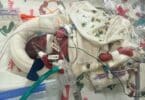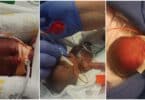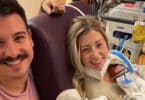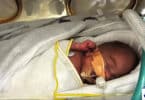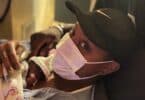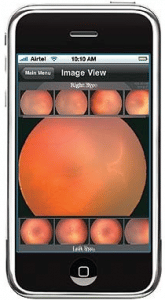
Software developed by a Bangalore based start-up i2i Telesolutions links ophthalmologists at urban centres with patients in remote areas. This allows doctors to diagnose and treat Retinopathy of Prematurity (RoP) – a condition that can lead to blindness and affects nearly a tenth of the 27 million children born every year.
Sham Banerji, CEO of i2iTeleSolutions, says:
“This is Telemedicine 2.0, moving ahead from the earlier system of videoconferencing to live streaming of data and images onto the mobile phone of the doctor. The company is partnering with Narayana Nethralaya, a Bangalore-based ophthalmology center, to pilot a series of initiatives to detect and treat retinopathy of prematurity (RoP) — a condition that affects nearly a tenth of the 27 million children born in India every year.
“Roughly if 100 critical cases are screened, 15-20 % may require treatment to prevent blindness,” says Dr Anand Vinekar, pediatric retinal surgeon, Narayana Nethralaya, who has screened and treated nearly 3,000 babies over the past year using this new software.
“To prevent blindness, a child should be screened within 30 days of birth and treatment initiated within 48 hours of screening as ROP is a progressive condition,” says Dr Vinekar.
The i2i platform requires a trained technician to take retinal photographs of the babies and upload them on the move to a secure remote server using a data card, from where they can be downloaded onto a phone or a regular computer to a specialist who diagnoses and provides corrective feedback within 15 minutes of the image being first uploaded.
Using this data transfer of medical images from ophthalmology to sonography, specialists at partner hospitals can diagnose potential birth defects in fetuses by screening pregnant mothers within the first 13 weeks.
In India, which has the largest concentration of blind people in the world, this amazing technology could help diagnose babies who previously wouldn’t have had access to such specialists. Additionally, early treatment of the condition has been shown to improve a baby’s chances for normal vision.
“The country is now experiencing the third epidemic of ROP with technology-driven health care emerging as the best option to arrest this,” says Dr Vinekar.
As technology progresses, ways to improve the care of babies all of the world does as well. While many of use our smartphones to communicate with friends and family, their capabilites are seen as more to tech companies that are looking to bring services to those who are not fortunate enough to live in major centers.
- $25 Sleeping Bag Incubator Could Reduce Infant Mortality In Developing World
- One Blood Donor Saved Hundreds Of Premature Babies
- Born Too Soon ~ Meet 24 Week Twins Ellis & Ianto

